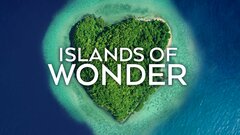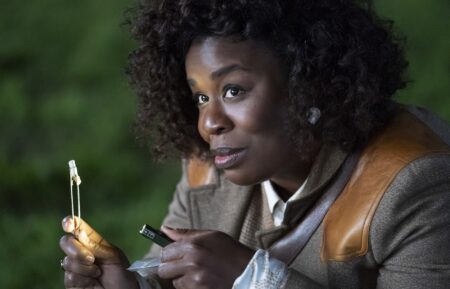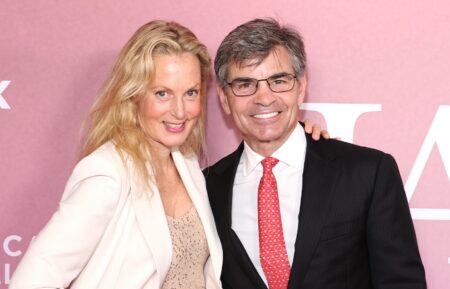‘Islands of Wonder’ Journeys to Exotic Madagascar, Borneo & Hawaii (VIDEO)
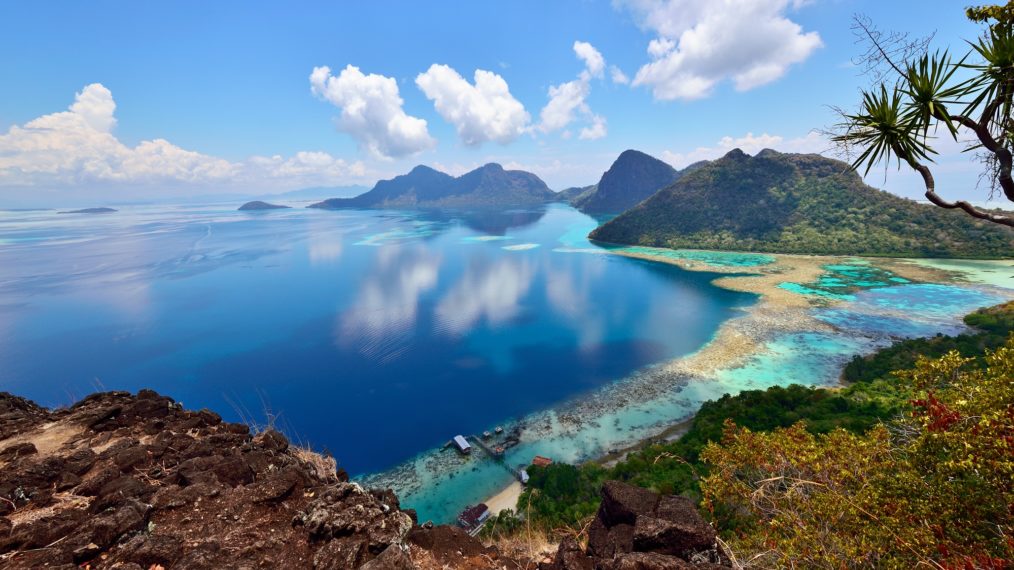
PBS takes viewers to the most exotic, mysterious and remote islands on Earth in the new three-part series, Islands of Wonder premiering Wednesday September 16 – 30. Featuring Madagascar, Borneo and Hawaii, the series reveals how these isolated environments harbor unique wildlife and human cultures found nowhere else on Earth. Discover how the animal castaways that made their way to these lost worlds long ago have developed extraordinary adaptations to survive in these new surroundings.
Islands of Wonder captures astonishing footage of these islands and the creatures and cultures who call them home. Episodes cover Madagascar, the world’s oldest island, Borneo, the third largest island, and Hawaii, the most remote island chain on Earth. Each episode highlights some of the unique animal, plant and human inhabitats of the islands, diving into the stories of how their adaptations allow them to struggle, to survive or even thrive.
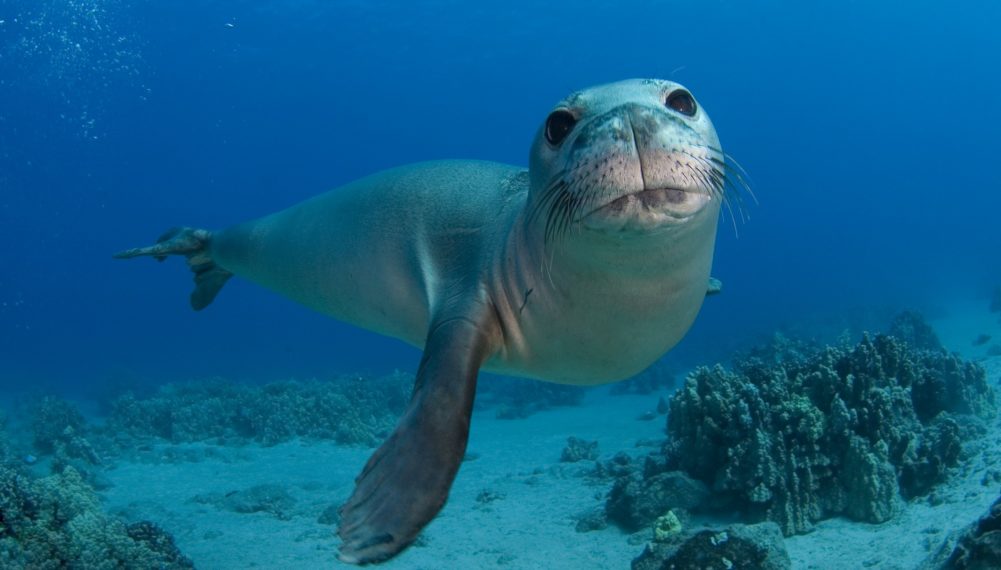
Courtesy of Doug Perrine
The three episodes explore these stories and more, through breathtaking vistas and intimate close-up footage. A detailed overview of each episode is as follows:
“Madagascar” – Wednesday, September 16
Madagascar has been isolated longer than any other place on Earth, evolving in the most remarkable ways. From lemurs, a family of primates found only on Madagascar, to the Labord’s chameleon, which has the shortest life span of any land vertebrate, Madagascar maintains the largest collection of unique animals on Earth. To survive its arid Western desert, with a 10-month dry season, human inhabitants resourcefully use the giant Baobab tree’s hollowed-out trunk to store water. However, modern farming has strongly impacted the eastern rainforests of Madagascar, leaving only 20 percent of the original forest intact.
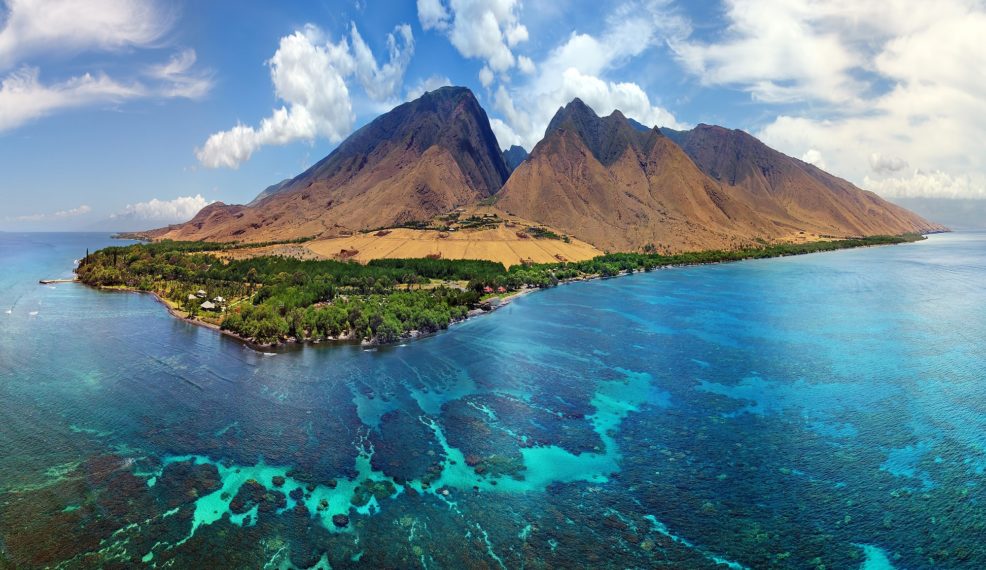
Courtesy of Joe West/Shutterstock
“Borneo”- Wednesday, September 23
Borneo has more diversity of life than any other island. Its flooded forests and river networks create a waterlogged world for over 6,000 endemic species, including a primate found nowhere else on Earth, the Proboscus monkey, and the largest tree-dwelling animal in the world, the Bornean orangutan. Its rainforests are home to over 20 species of gliding reptiles and 180 species of frog, but bats are the true kings of the jungle on this island. However, human activity has taken an even greater toll, clearing over half of the rainforest and threatening the future of these unique species.
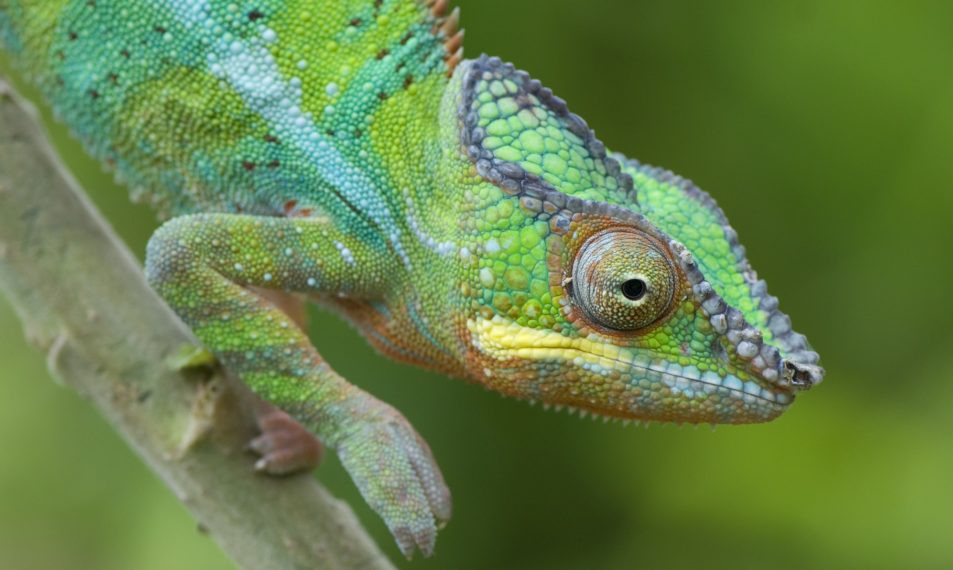
Courtesy of Edwin Giesbers
“Hawaii” – Wednesday, September 30
Hawaii is a land of extremes—from volcanic lava floes to tiny strips of sand. As the most remote island chain on Earth, only the toughest creatures make it to these hard-to-reach shores. For the pioneering animals who journeyed the thousands of miles via ocean waters or jet streams high in the sky, the rewards are vast. The lush forests, tropical reefs and shallow sand bars are paradise to those who made the voyage against all odds, like birthing humpback whales, carnivorous caterpillars and the white tern. The ancient islands at the end of the chain are barely more than spits of sand now, having been worn down by millions of years of weather. By the end of this century many of these islands are predicted to disappear below the waves as sea levels rise, but just as some are reclaimed by the sea, so others are rising up under the depths, ready to form new land and new Islands of Wonder.
Islands of Wonder, Premiere, Wednesday, September 16, 8/7c, PBS (Check your local listings)

